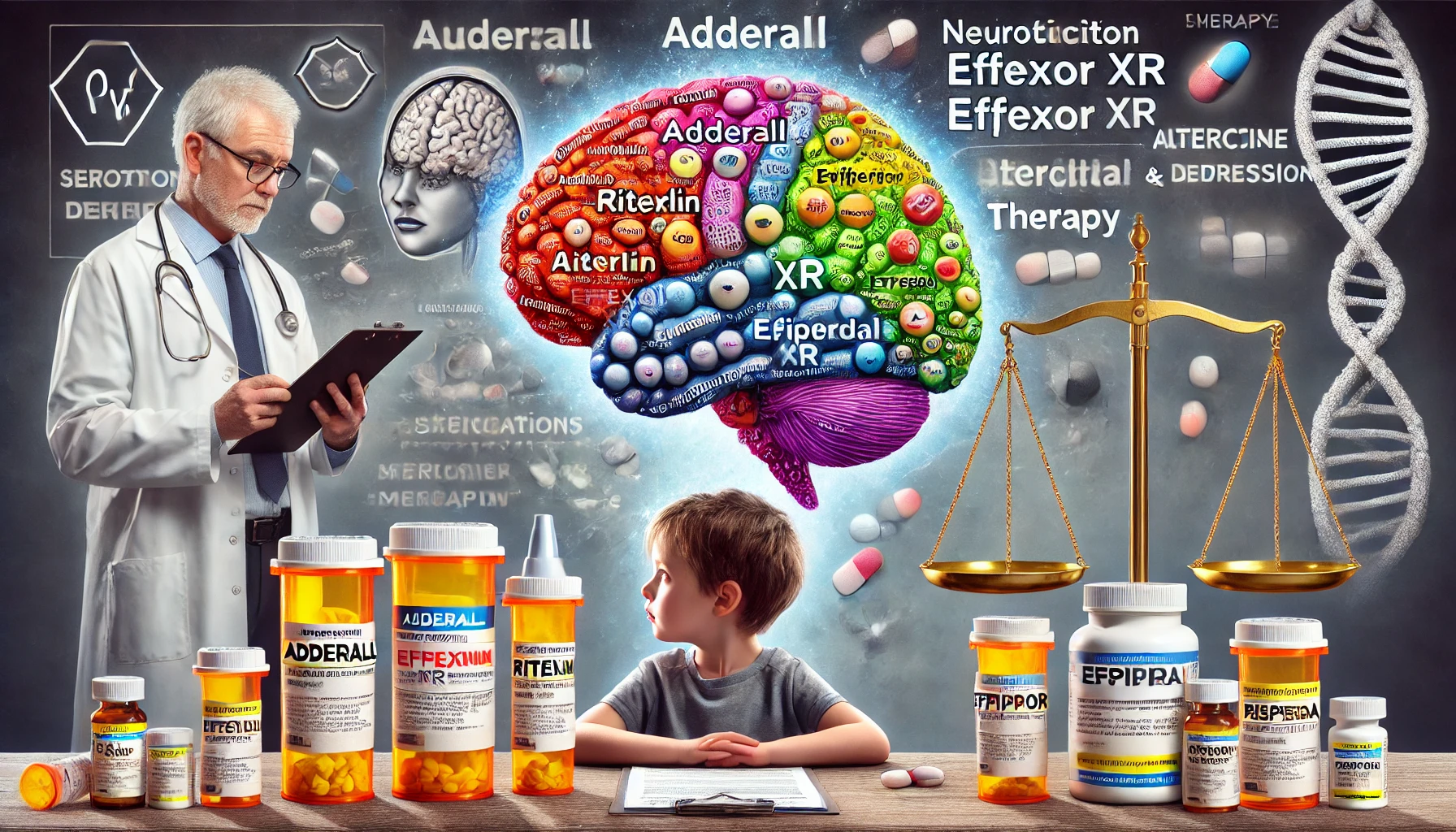Blog > The Overprescription of Psychotropic Medications in Children: A Growing Crisis
The Overprescription of Psychotropic Medications in Children: A Growing Crisis
by
In recent decades, the use of psychotropic medications in children and adolescents has skyrocketed. From ADHD stimulants like Adderall to antidepressants such as Effexor XR, millions of children are being prescribed powerful medications that alter brain chemistry—often without fully understanding the long-term consequences. The potential risks include structural changes in the developing brain, long-term dependency, and a host of cognitive and emotional side effects. This article explores the widespread overprescription of psychiatric drugs in children, focusing on scientific data that highlights the dangers and calls for urgent reform.
The Scope of the Problem: Overprescription in Youth
According to data from the Centers for Disease Control and Prevention (CDC), approximately 6.1 million U.S. children aged 2–17 years have been diagnosed with ADHD, with 62% receiving medication. Furthermore, antidepressant prescriptions for children have increased by over 40% in the last two decades, with drugs such as fluoxetine (Prozac) and venlafaxine (Effexor XR) leading the way.
Key statistics show:
- 1 in 12 U.S. children is prescribed at least one psychotropic medication.
- 1 in 4 foster children is prescribed psychotropic drugs, often in multiple combinations.
- Antipsychotic prescriptions have risen by nearly 50% in children under age 12, despite limited evidence supporting their safety and efficacy.
These alarming trends indicate that psychotropic drugs are being used as a first-line treatment for behavioral and emotional challenges, often in the absence of thorough diagnostic evaluations or alternative interventions.
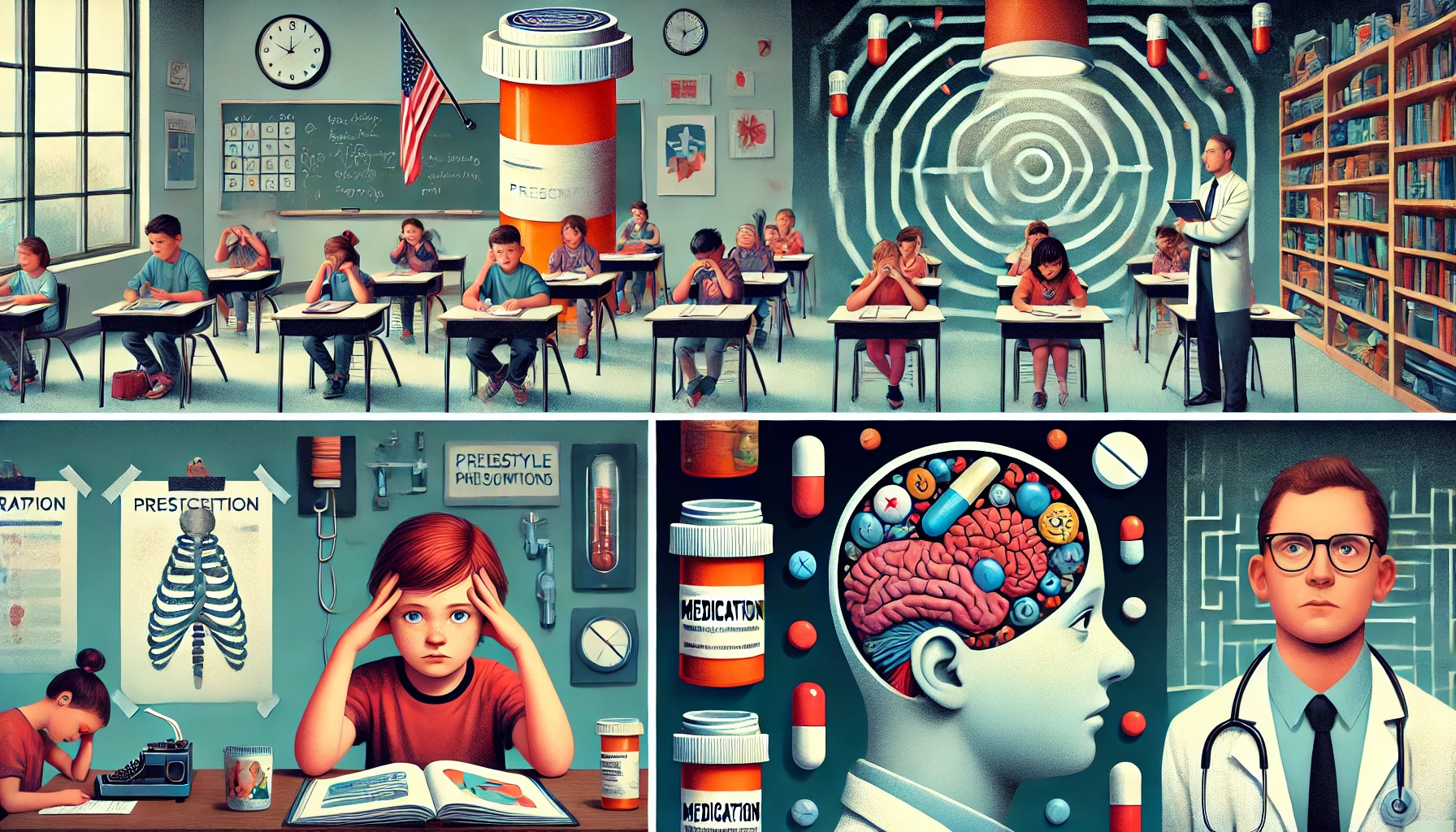
Commonly Overprescribed Medications and Their Effects
While psychotropic medications may provide short-term relief for some children, the long-term consequences on the developing brain can be severe. Below are some of the most commonly overprescribed medications and their associated risks:
1. Stimulants (Adderall, Ritalin, Vyvanse)
Prescribed primarily for ADHD, these medications work by increasing dopamine levels in the brain. While they can enhance focus and attention, overuse has been linked to:
- Dopamine dysregulation: Long-term stimulant use can alter dopamine receptor sensitivity, leading to dependence and tolerance.
- Emotional blunting: Children on stimulants may struggle with emotional expression and adaptability.
- Cardiovascular risks: Increased heart rate and blood pressure, potentially leading to long-term heart issues.
A 2022 study published in JAMA Pediatrics found that children who took stimulants for more than five years showed reduced dopamine transporter density, which could explain the "crash" often experienced when stopping medication.
2. Antidepressants (Effexor XR, Prozac, Zoloft)
Antidepressants like Effexor XR (venlafaxine) and Prozac (fluoxetine) are frequently prescribed to children for anxiety and depression. However, research suggests they may do more harm than good.
- Brain development disruption: SSRIs and SNRIs alter serotonin pathways, which play a crucial role in mood and emotional regulation. Early exposure can lead to long-term mood instability.
- Suicidal ideation: The FDA has issued black box warnings for SSRIs due to increased suicide risk in children and adolescents.
- Emotional numbness: Many users report feeling detached or unable to experience emotions fully.
A 2019 meta-analysis published in The Lancet concluded that most antidepressants provide minimal benefits compared to placebo in children, raising questions about their widespread use.
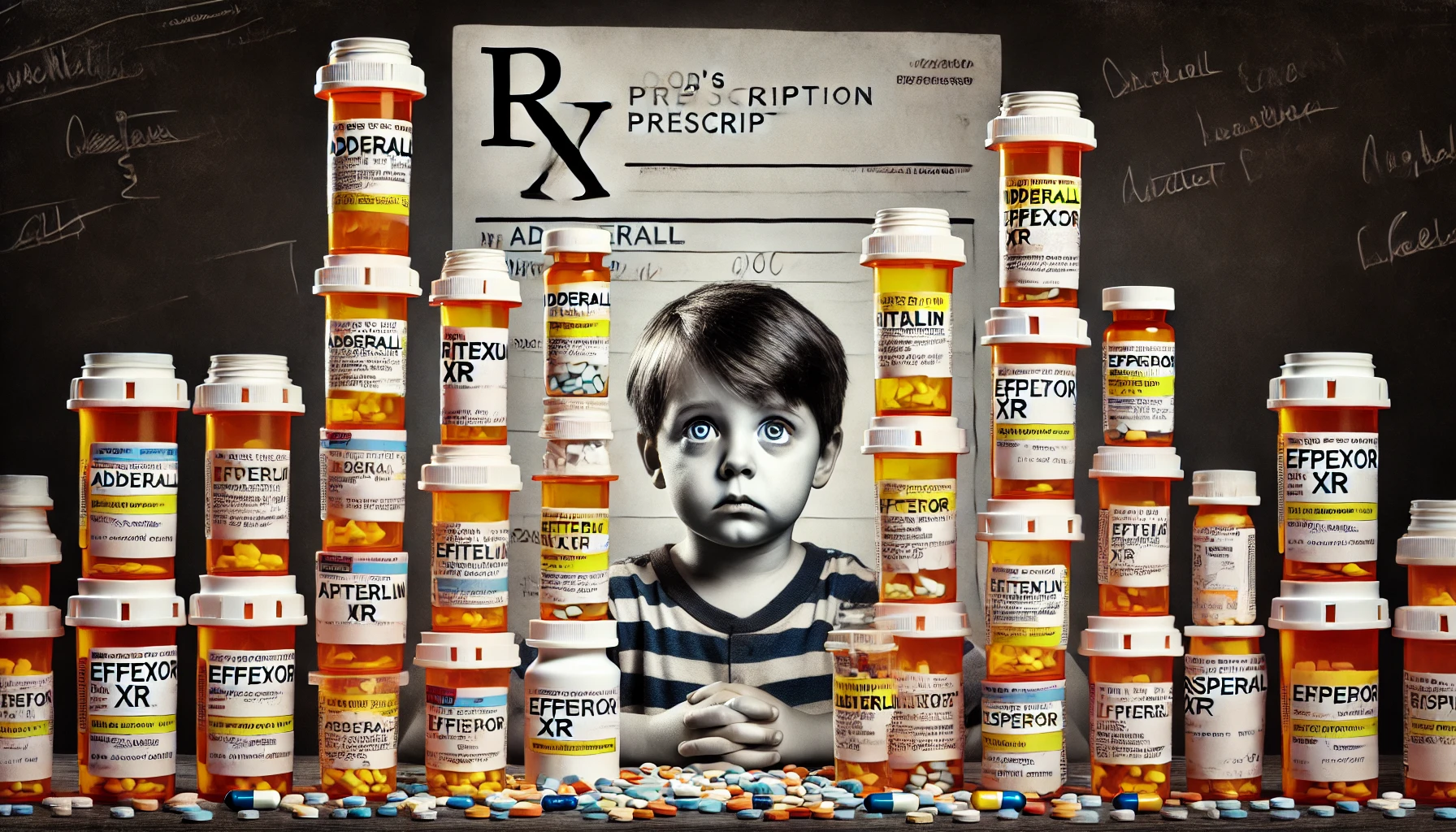
3. Antipsychotics (Risperdal, Seroquel, Abilify)
Originally intended for severe psychiatric disorders such as schizophrenia, antipsychotics are now frequently prescribed to manage behavioral issues in children, often without proper diagnostic criteria.
- Weight gain and metabolic issues: Studies show that antipsychotics significantly increase the risk of obesity and diabetes in youth.
- Cognitive dulling: These medications can impair cognitive flexibility and executive function.
- Increased dependency: Once started, withdrawal symptoms make it difficult to discontinue treatment safely.
According to the National Institutes of Health (NIH), children prescribed antipsychotics have a 60% higher risk of developing metabolic syndrome compared to their peers.
The Developing Brain: A Critical Period of Vulnerability
Children's brains are highly plastic and undergo significant changes during childhood and adolescence. Introducing powerful medications during this period can interfere with:
- Neurogenesis: Medications like antidepressants can affect the growth of new neurons in the hippocampus, potentially impacting learning and memory.
- Synaptic pruning: This natural process, crucial for cognitive efficiency, may be disrupted by medications that alter neurotransmitter levels.
- Hormonal regulation: Many psychotropic drugs interfere with the endocrine system, leading to potential long-term hormonal imbalances.
A 2021 study in Translational Psychiatry revealed that early exposure to psychotropic medications alters the brain's structural development, particularly in areas associated with impulse control and emotional processing.
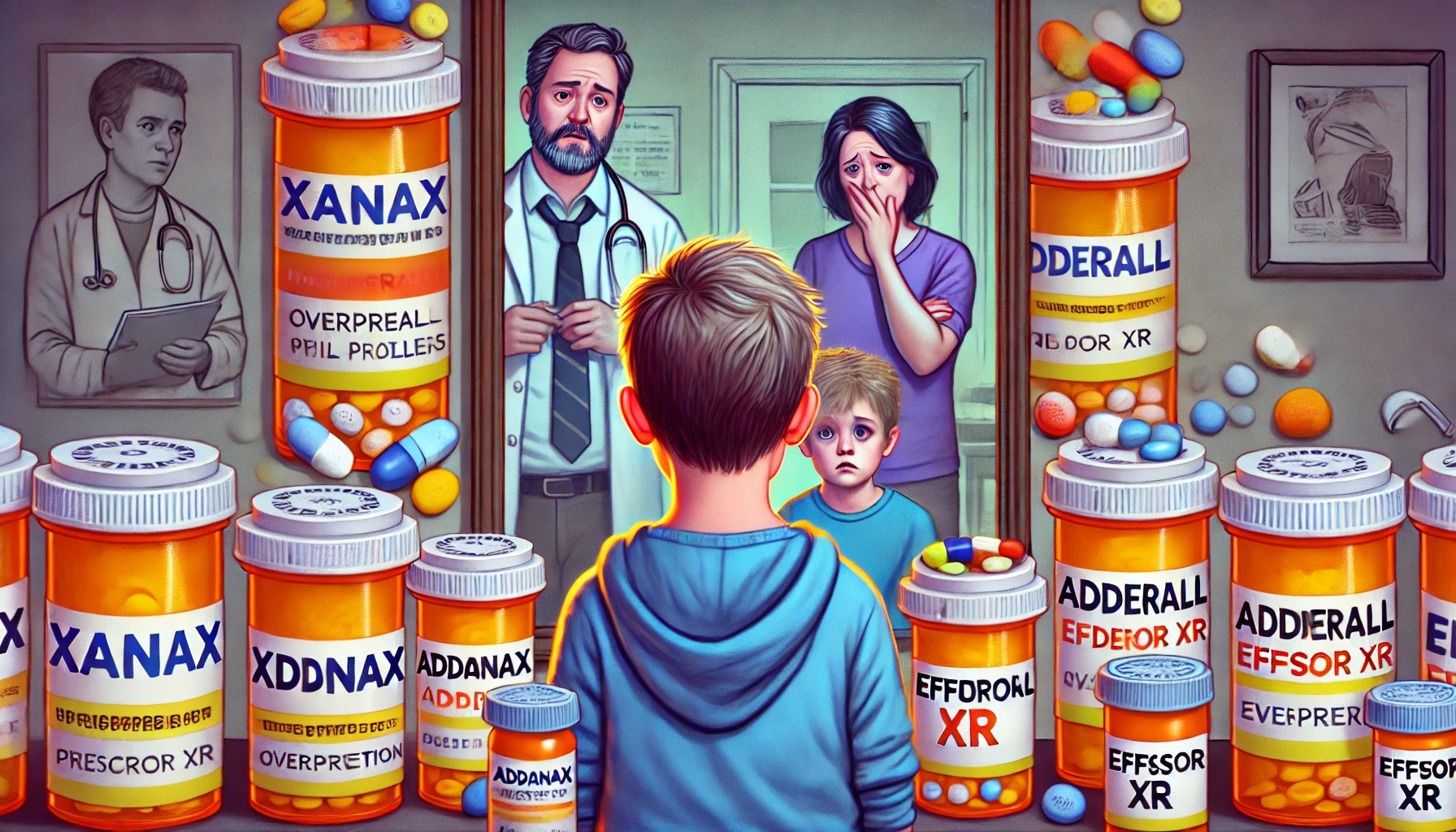
Why Are These Medications Overprescribed?
Several factors contribute to the overprescription of psychotropic medications in children:
- Overreliance on quick fixes: Behavioral issues often require complex interventions, but medications provide an easier, more immediate solution.
- Pressure on schools and parents: Educators and caregivers may push for medication to manage behavioral challenges in educational settings.
- Pharmaceutical influence: Big Pharma's aggressive marketing strategies have contributed to the normalization of medicating children without considering long-term consequences.
- Lack of alternative therapies: Access to psychotherapy, behavioral interventions, and holistic approaches is often limited, leaving medication as the default option.
The Call for Reform: What Needs to Change?
To address the crisis of overprescription, several critical changes need to occur:
1. More Rigorous Diagnostic Practices
Before prescribing psychotropic medications, thorough psychological and neurodevelopmental assessments should be mandatory to ensure an accurate diagnosis.
2. Greater Emphasis on Non-Pharmacological Interventions
Therapies such as cognitive-behavioral therapy (CBT), mindfulness techniques, and lifestyle interventions (exercise, nutrition, sleep hygiene) should be prioritized over medication.
3. Increased Awareness and Education
Parents, educators, and healthcare providers must be educated about the potential risks of psychotropic medications and encouraged to explore alternative treatment options.
4. Policy and Regulation Reforms
Stricter guidelines should be implemented to curb the overprescription of medications to children, with increased oversight and accountability for pharmaceutical companies promoting these drugs.
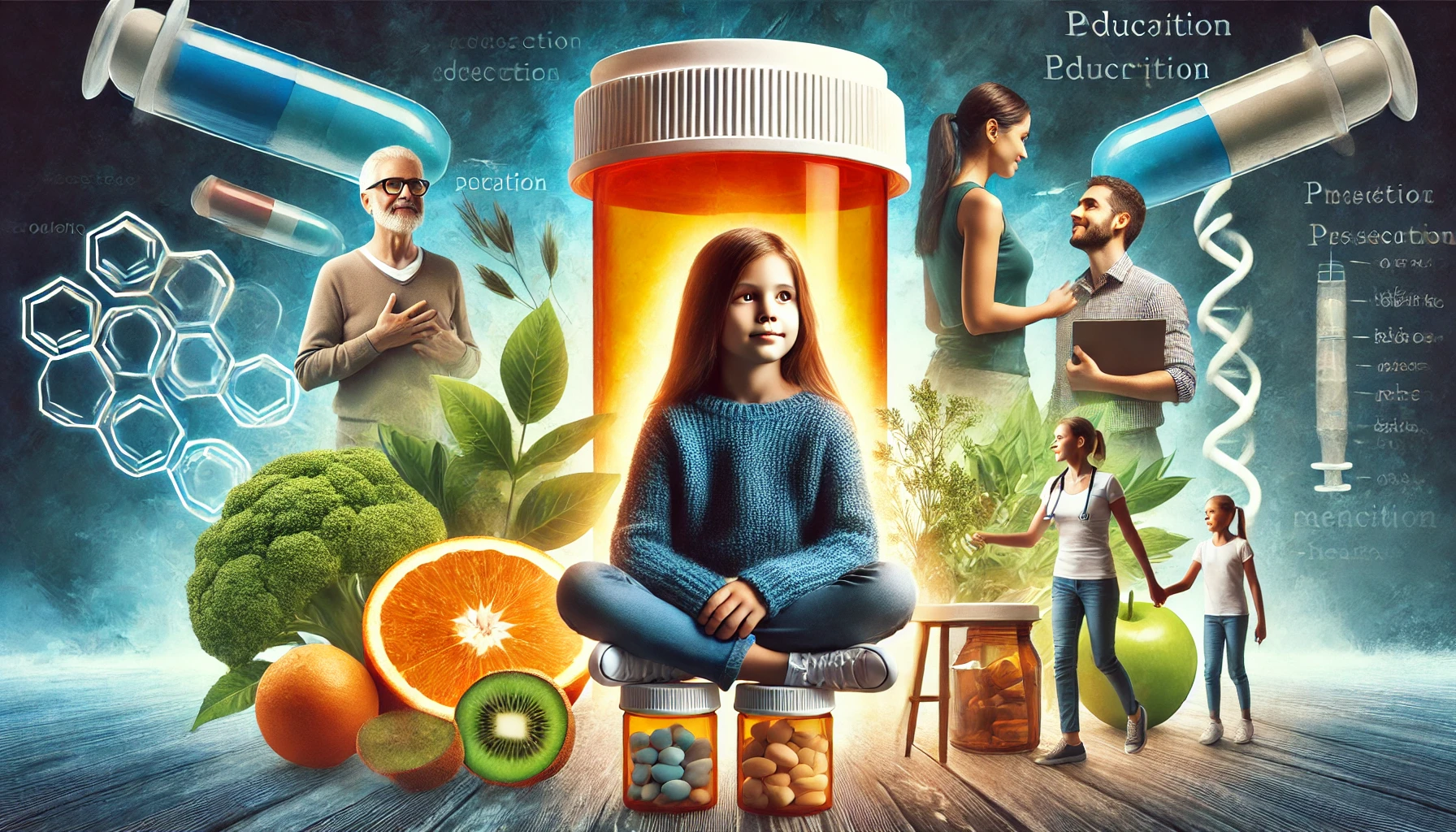
Protecting the Next Generation
The evidence is clear: psychotropic medications have a profound impact on the developing brain, and their overprescription poses significant risks to children’s long-term health. While these medications have their place in carefully managed cases, the current landscape reveals a troubling pattern of misuse and overreliance.
By advocating for more responsible prescribing practices, investing in alternative treatments, and holding pharmaceutical companies accountable, we can ensure that the next generation is not subjected to unnecessary harm. It is time to rethink how we approach mental health treatment for children and prioritize their well-being over convenience.
Sources:
- National Institutes of Health (NIH): www.nih.gov
- Centers for Disease Control and Prevention (CDC): www.cdc.gov
- JAMA Pediatrics, 2022. "Long-Term Effects of Stimulant Use in ADHD"
- The Lancet, 2019. "Efficacy of Antidepressants in Youth"


